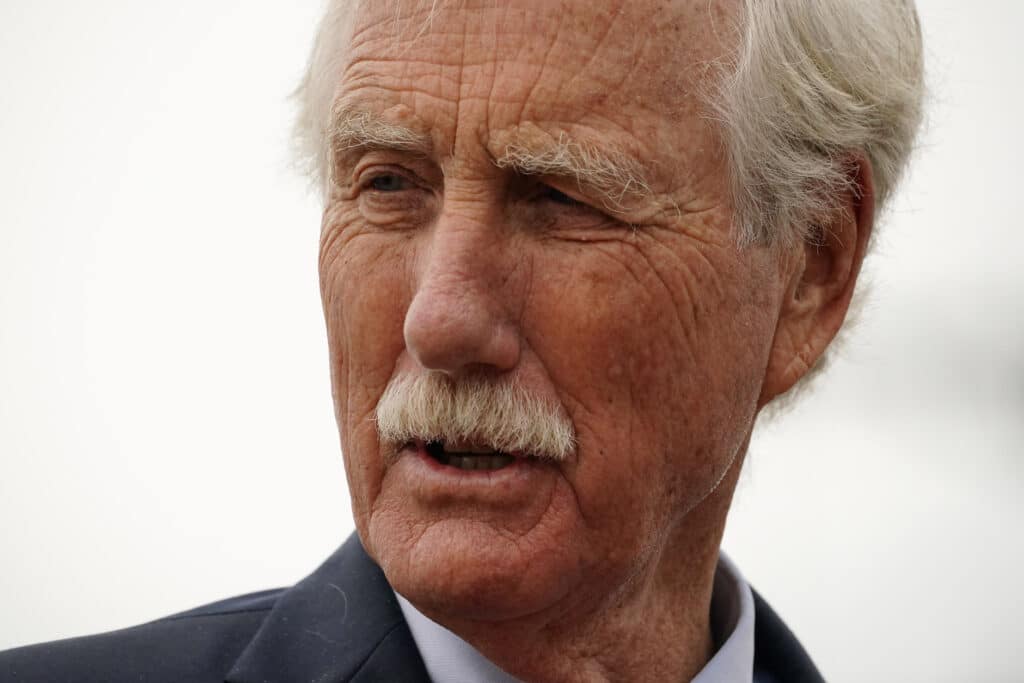Donor-advised funds, a mysterious charitable giving strategy for various institutions, is a point of contention in the philanthropic community, but now a new report is shedding light on which groups benefit most from it. The mystery surrounds how the strategy works, donors are given a tax deduction up front before, or in many cases without giving money to a working charity. The Associated Press is original source of story:
The accounts, also referred to as DAFs, are housed at national organizations as well as community foundations and other institutions
The somewhat mysterious charitable giving strategy known as donor-advised funds is a point of contention in the philanthropic community, but a new report released Thursday is shedding light on what types of organizations benefited most from it in the past few years.

Donor-advised funds, which are similar to charitable investment accounts, allow donors to receive a tax deduction upfront without directly giving the money to a working charity. Though donors can’t get the money back from these funds, the federal government doesn’t mandate them to disburse the money, leading critics to argue they’ve essentially become warehouses for charitable dollars.
The accounts, also referred to as DAFs, are housed at national organizations like Fidelity Charitable, as well as community foundations and other religious institutions. The study released by Indiana University and The Giving USA Foundation showed between 2014 and 2018, grants from DAFs were mostly given to education, religious and other public society benefit organizations, like United Way and civil rights groups. By contrast, environmental and animal organizations received 5% of the grant dollars, the least of all the groups.
The findings mirror that of a similar study released by both organizations in 2018, which looked at data from 2012 to 2015.
Thursday’s report analyzed $74 billion in grant dollars given to 240,000 nonprofits from 87 DAF sponsors. Though Americans generally give more to religion than education, the study found 29% of DAF gifts went towards education, while 14% were directed at religious causes.
Researchers say the opposite finding among DAF donors tracks closely with the contribution patterns of affluent Americans who largely use these accounts. In 2020, the average DAF account had nearly $160,000 in assets, according to the National Philanthropic Trust, a DAF sponsor that tracks giving to these funds.
Debate about the use of DAFs has increased as they’ve boomed in growth: the number of accounts that exist toppled 1 million for the first-time last year. And they held nearly $160 billion in assets in 2020, according to the Trust.
A Senate bill is aiming to speed up distributions from the accounts, garnering pushback from DAF sponsors such as ones that are religious, who note, at about 23%, the overall DAF payout rate far exceeds those of private foundations, who are required to give a minimum 5% of their assets annually. Critics counter that not every DAF is paying a rate that high.
Una Osili, the associate dean for research and international programs at the Lilly Family School of Philanthropy at Indiana University, says the school’s joint report is intended to highlight another area of the DAF debate that’s often neglected. (The AP and the Lilly School receive funding from the Lilly Endowment.)
“There hasn’t been an effort to understand the destination of where those grant dollars go,” she said.
By HALELUYA HADERO






